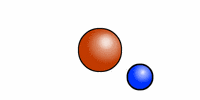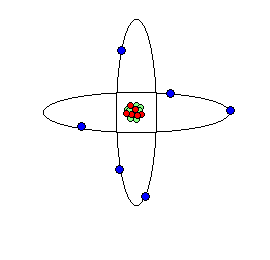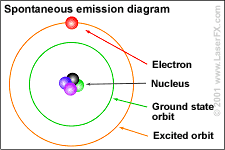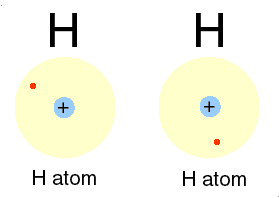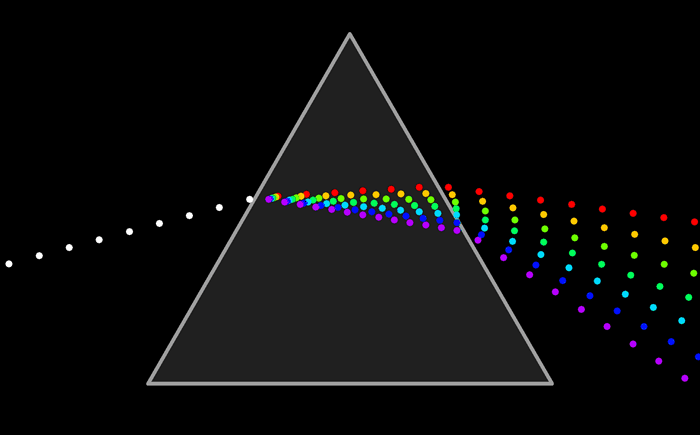Lightquantum
"The light-quantum, a parcel of energy, slowly evolved into the photon, a parcel of energy and momentum, a fundamental particle with zero mass and unit spin. Never was a proposal for a new fundamental particle resisted more than this one for the photon. No one resisted the photon longer than Bohr. All resistance came to an end when experiments on the scattering of electrons (the Compton effect) proved that Einstein was right."
Abraham Pais, Subtle is the Lord. (Oxford, U.K.: Oxford University Press, 1982). p. 24.
"All the fifty years of conscious brooding have brought me no closer to the answer to the question, 'What are light quanta?' Of course today every rascal thinks he knows the answer, but be is deluding himself."
Albert Einstein, 1951.
"Einstein's paper of March 1905 contains not one but two postulates."
- First, the light-quantum was conceived of as a parcel of energy as far as the properties of pure radiation are concerned.
- Second, Einstein made the assumption –he called it the heuristic principle– that also in its coupling to matter (that is, in emission and absorption), light is created or annihilated in similar discrete parcels of energy."
- In Bohr's conceptualization of the atom, based on the previous paradox of the behavior of light emitted from heated objects, he conjectured that electrons emit and absorb radiation in "chucks" called quanta.
- That radiation is among a set of fluctuating frequencies along the electromagnetic spectrum we call light and ultraviolet light.
- Bohr believed that these emissions happened in separate lumps, chunks, or packets of energy that Einstein in 1905 called light quanta and today we call quanta also referred to as photons. special relativity
- Einstein's light quanta carried a quantum or fixed amount of energy or force related to the frequency of the wavelength.
- The shorter the wavelength, the greater the frequency and thus the more energy carried by the lightquanta or photons.
Pais, p. 24.
"the character of light seems paradoxical in the extreme."
Arthur Zajonc, Catching, p. 292.

